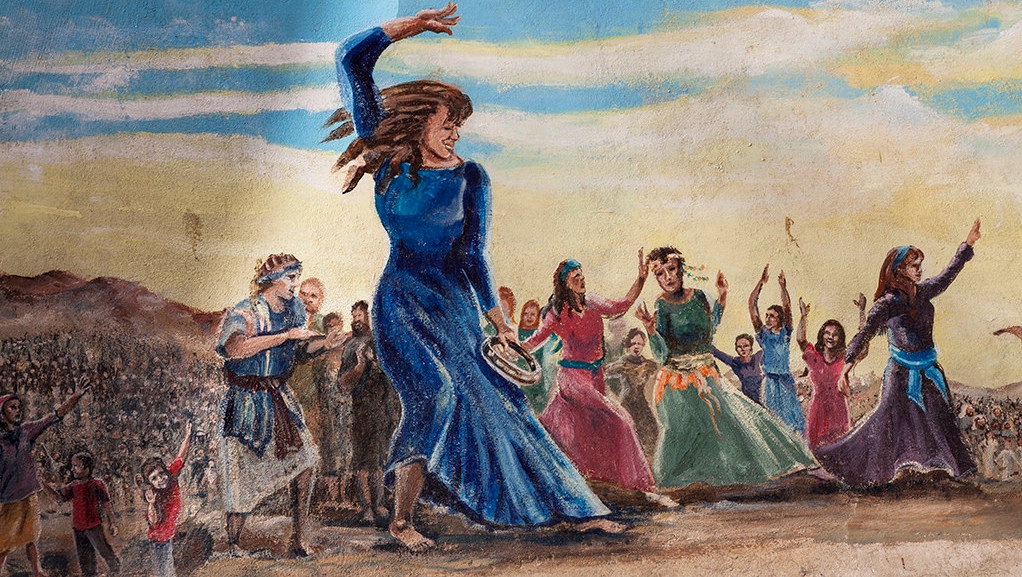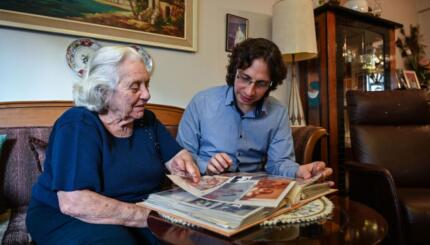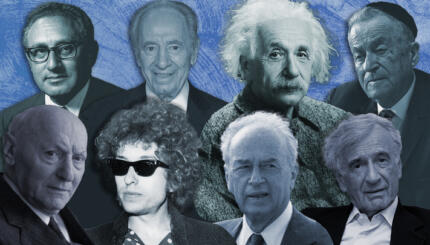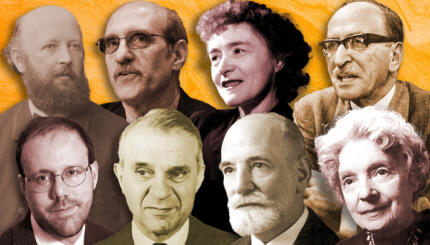Jewish performance and dance traditions can be traced back to the Bible. References to Miriam leading the women in dance after crossing the Red Sea (Exodus 15) or David performing an ecstatic dance before the ark as it was brought to Jerusalem (Samuel II 6), allude to the fact that, in ancient Israel, performance was incorporated into religious rituals, victory celebrations, and folk gatherings.
However, public performance was a hallmark of Hellenistic and Roman culture, and came to symbolize these oppressive regimes. Thus, the rabbis of the Talmud issued bans forbidding “the theatre and circuses of idolatry.” They considered theatre a sinful waste of time, and their prohibitions regarding mixing the sexes significantly curtailed Jewish dance activities.
Despite disapproving attitudes, Jewish theatre and dance managed to endure in some forms. Dancing at Jewish weddings was always encouraged, with diverse customs emerging in Diaspora communities. Beginning in the 12th century, an important Jewish theatre tradition began to develop: the Purim shpiel. What was first haphazard holiday entertainment–skits dramatizing the story of the Jews’ deliverance in the Book of Esther–gained more rigid conventions over time.
The 19th century saw the flowering of secular Jewish literature and theatre, and Yiddish theatre in particular flourished in both Europe and America. Indeed, Yiddish theatre enjoyed widespread popularity until the Holocaust effectively marked its end in Europe. In the middle of the 20th century, Jewish American audiences began to prefer English performances that dealt with more contemporary themes. In the last 50 years Jewish American artists, such as Clifford Odets in theatre and Anna Sokolow in dance, have used their media to explore and convey the complexity of the Jewish experience in America.
With your help, My Jewish Learning can provide endless opportunities for learning, connection and discovery.
Israel has also developed significant theatre and dance traditions. In their infancy, Israeli theatre and dance were often thematically preoccupied with establishing Israel’s legitimacy; the political agendas of plays and dances were transparent. Over time, however, theatre and dance in Israel became more experimental and sophisticated, and today Israeli theatre and dance pieces commonly critique the pressured reality of life in Israel.
The influence of Israeli traditions have spread to the Diaspora, as well. The proliferation of Israeli dance classes and groups highlights a relatively new way for Jews worldwide to connect to the state of Israel. Some choreographers are also using Jewish liturgy to create modern dance pieces for congregations and prayer services. In the theatre world, groups like Storahtelling are invigorating synagogue life by fusing drama with Jewish learning.
ark
Pronounced: ark, Origin: English, the place in the synagogue where the Torah scrolls are stored, also known as the aron kodesh, or holy cabinet.



